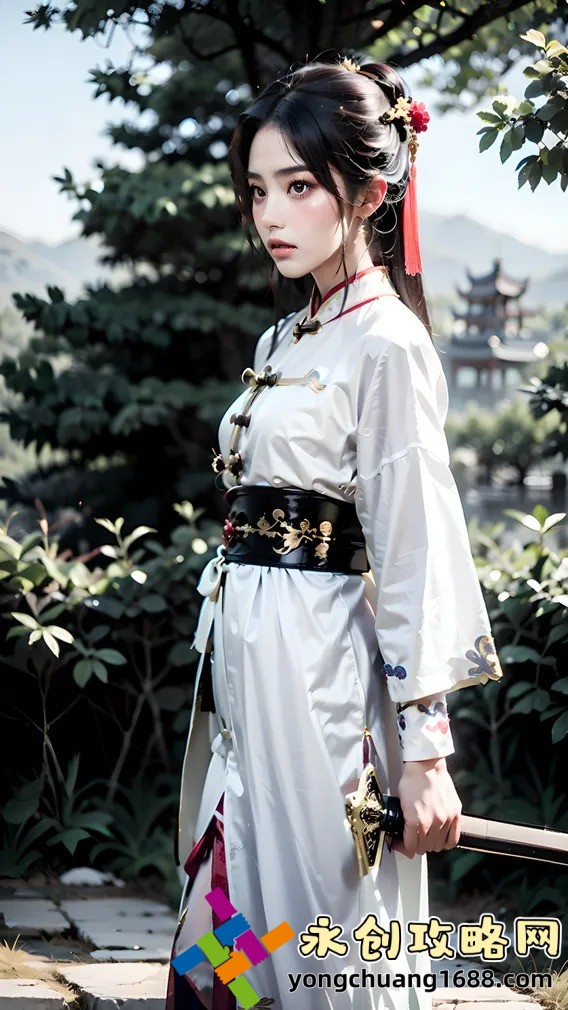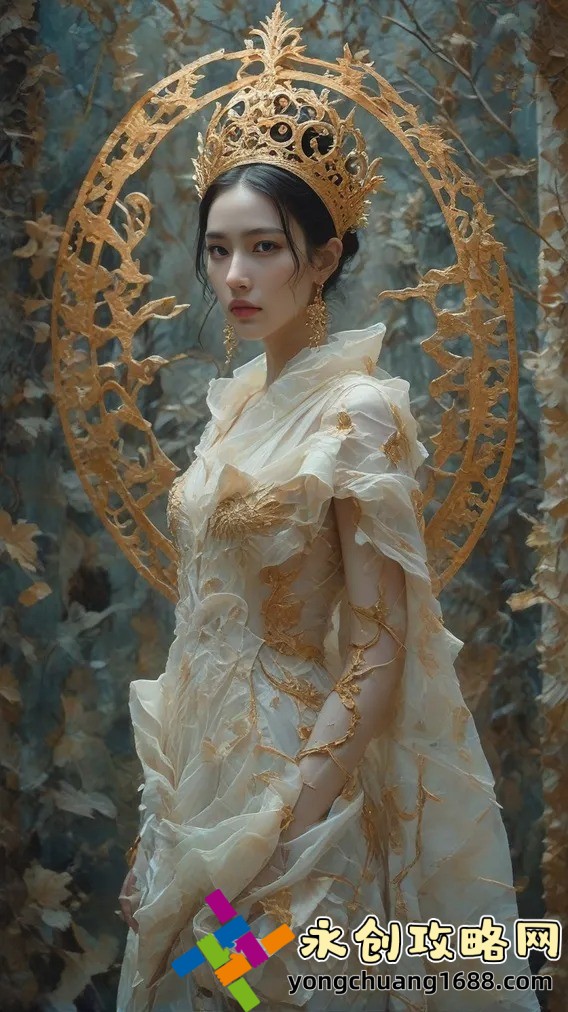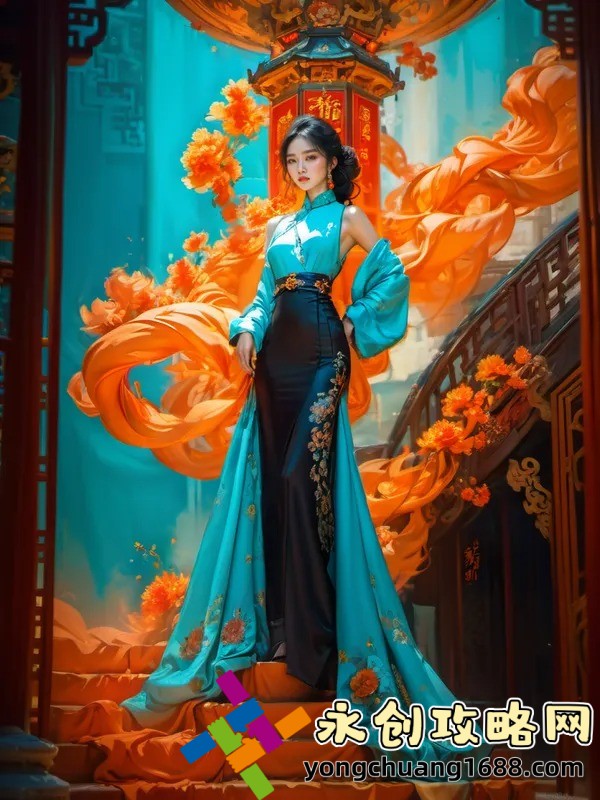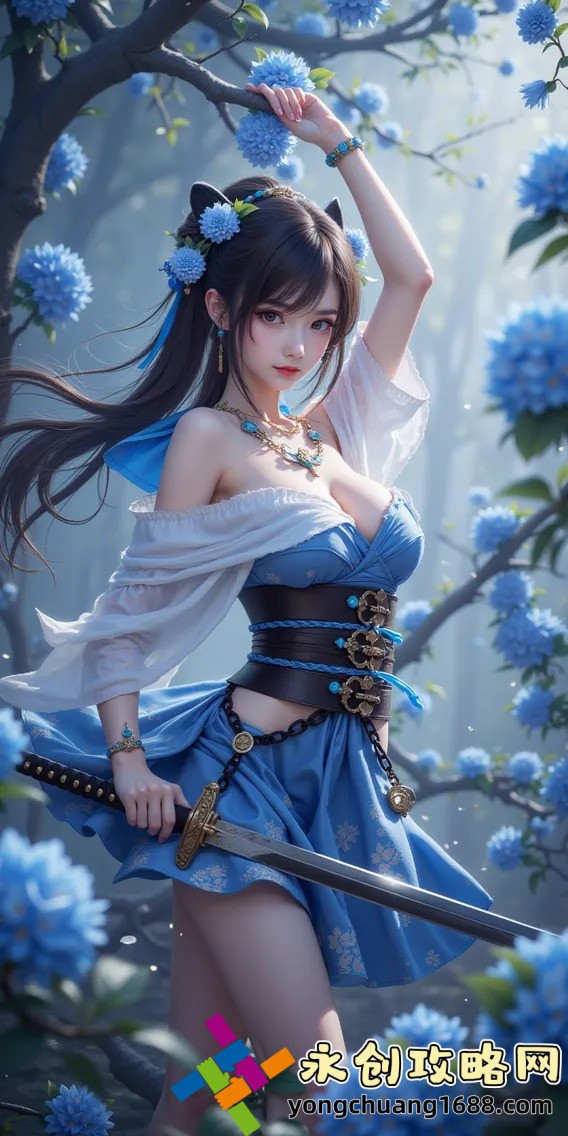Hongkongdoll has emerged as a groundbreaking cultural phenomenon, blending traditional aesthetics with contemporary art forms to redefine identity in the modern era. This movement transcends geographical boundaries, offering a unique perspective on the fusion of East and West. By exploring themes of individuality, globalization, and cultural heritage, Hongkongdoll has captivated audiences worldwide, becoming a symbol of artistic innovation and self-expression. Its influence extends beyond art, impacting fashion, music, and digital media, making it a pivotal force in shaping the cultural landscape of the 21st century.

Hongkongdoll is not just a term; it is a movement that encapsulates the essence of modernity while paying homage to cultural roots. Originating as a response to the rapid globalization and digitalization of society, Hongkongdoll represents a unique blend of traditional Chinese artistry and contemporary global trends. This fusion has given rise to a new form of expression that resonates with a diverse audience, bridging the gap between the past and the present. The movement’s ability to adapt and evolve has made it a significant player in the global art scene, challenging conventional norms and inspiring a new generation of creators.
At its core, Hongkongdoll is about identity—how individuals navigate their cultural heritage in an increasingly interconnected world. The movement draws heavily from the rich history of Hong Kong, a city known for its vibrant mix of Eastern and Western influences. Through its art, Hongkongdoll explores themes of hybridity, displacement, and belonging, offering a nuanced perspective on what it means to be part of a global community. This exploration is not limited to visual art; it extends to fashion, where designers incorporate traditional Chinese elements into modern silhouettes, creating pieces that are both innovative and deeply rooted in history. Similarly, in music, Hongkongdoll artists blend traditional Chinese instruments with electronic beats, producing sounds that are uniquely their own.
The digital age has played a crucial role in the rise of Hongkongdoll, providing a platform for artists to share their work with a global audience. Social media, in particular, has been instrumental in spreading the movement’s message, allowing creators to connect with fans and collaborators from around the world. This accessibility has democratized art, making it possible for anyone with a smartphone to engage with and contribute to the Hongkongdoll movement. Digital art, in particular, has thrived within this framework, with artists using technology to push the boundaries of what is possible, creating immersive experiences that challenge viewers to rethink their perceptions of art and identity.
As Hongkongdoll continues to grow, its impact on the cultural landscape becomes increasingly evident. The movement has inspired a wave of creativity, encouraging artists to explore new mediums and techniques. It has also sparked important conversations about the role of art in society, particularly in terms of its ability to foster understanding and empathy across cultural divides. By celebrating diversity and encouraging self-expression, Hongkongdoll has become more than just an art movement; it is a testament to the power of creativity in shaping our world. As we move further into the 21st century, the influence of Hongkongdoll is likely to continue expanding, leaving an indelible mark on the global cultural scene.










